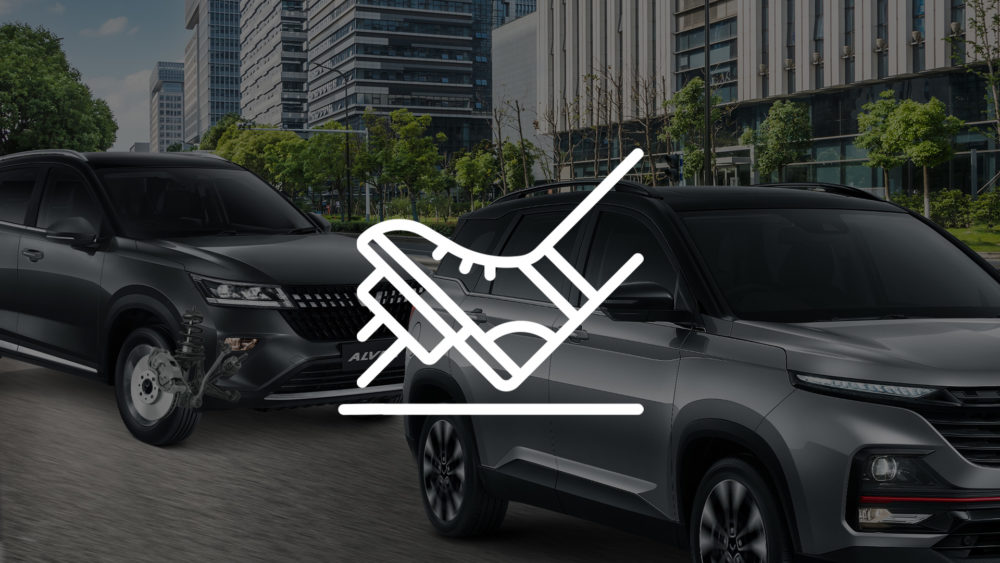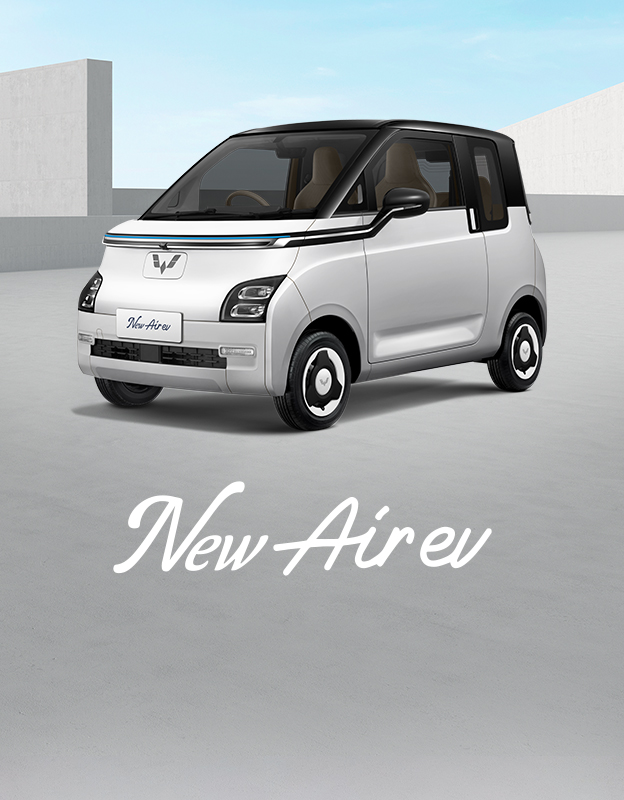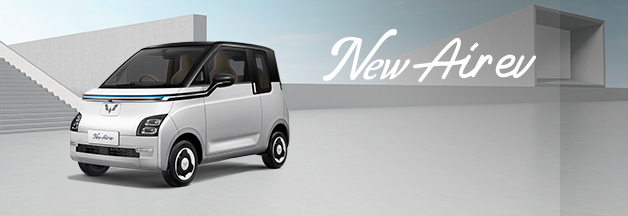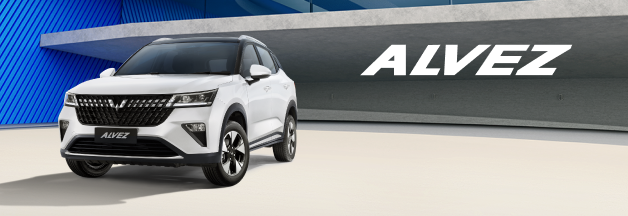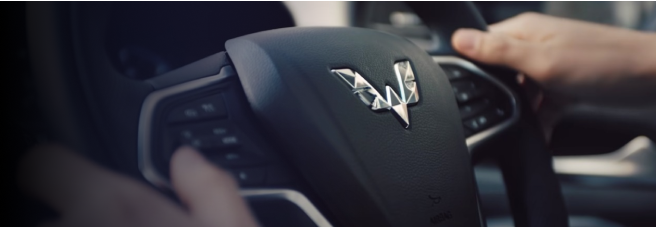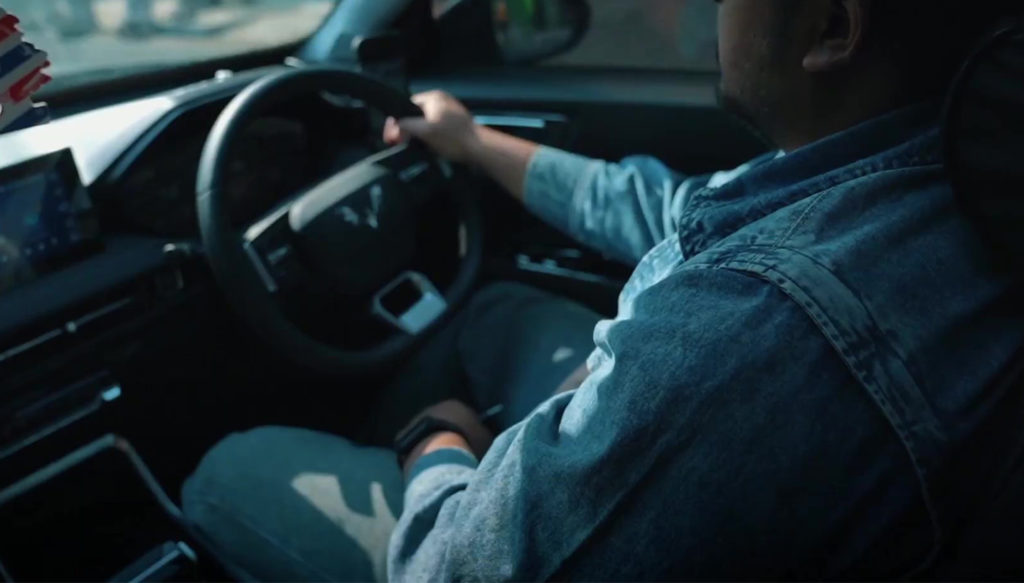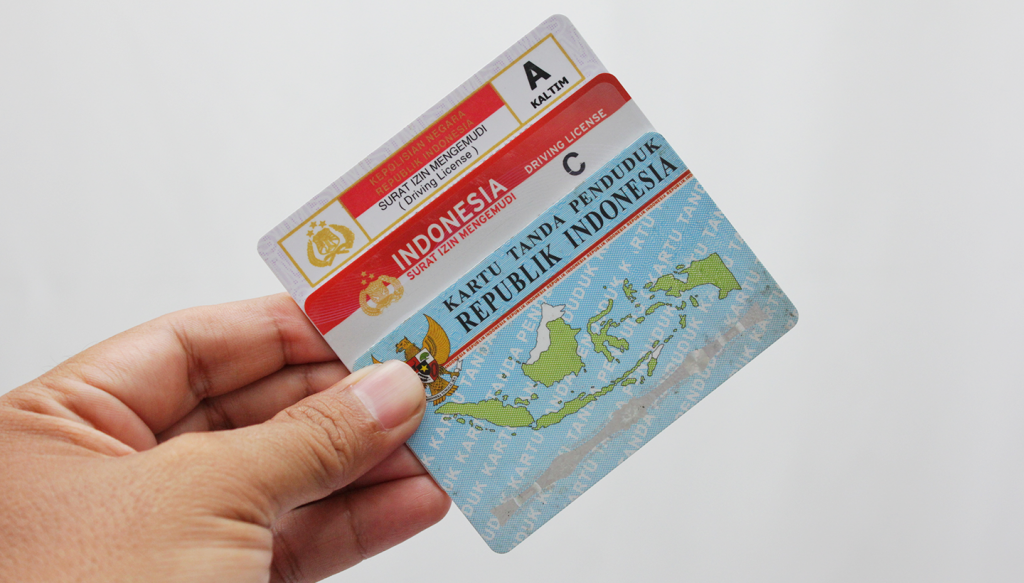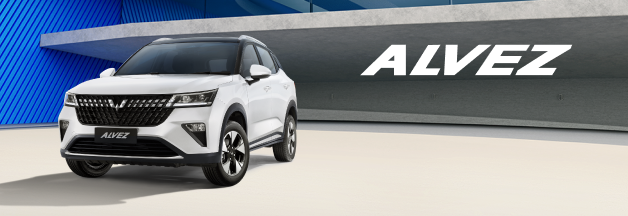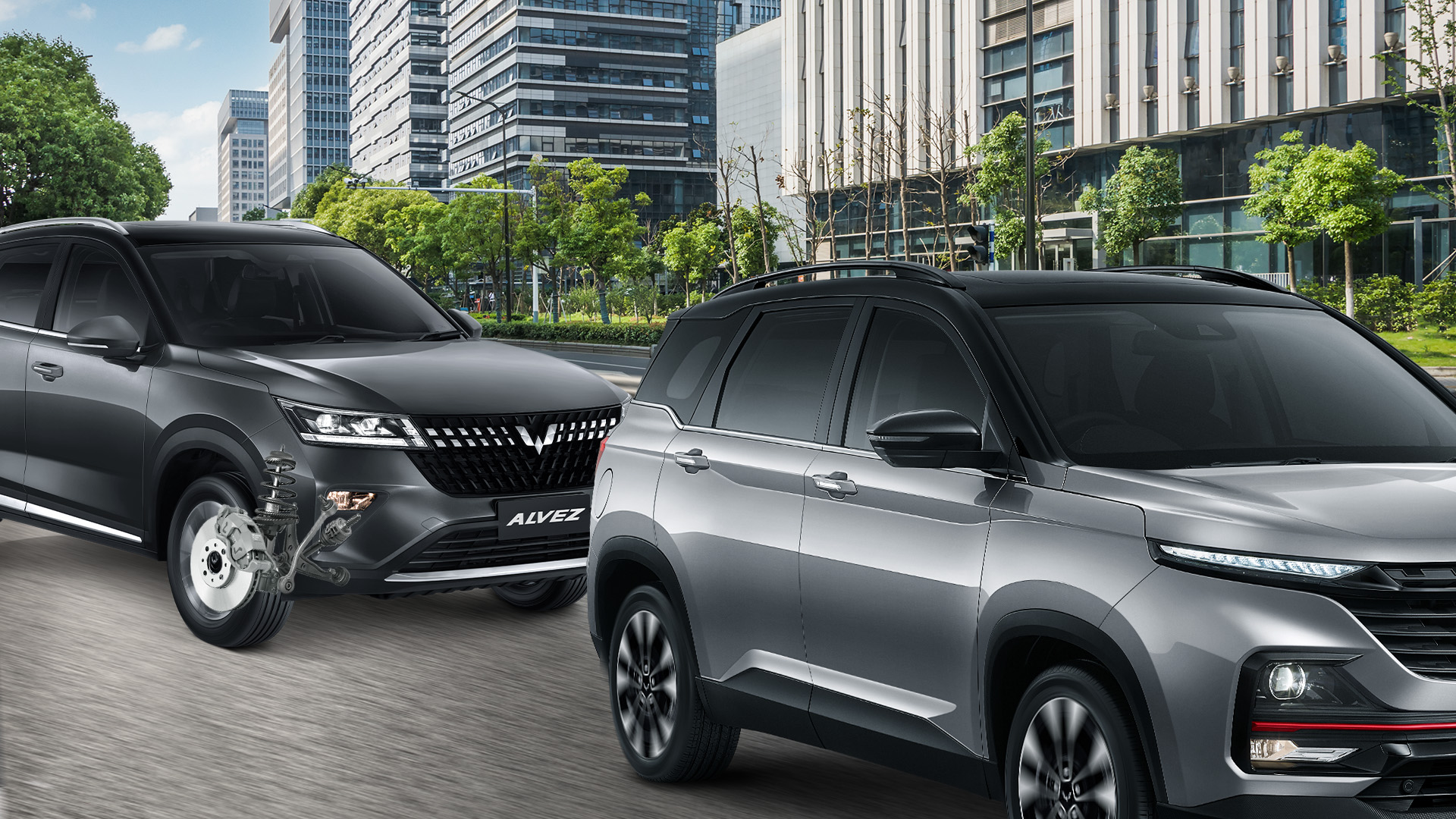
Driving responsibly and skillfully is an essential duty for every driver to ensure a safe and comfortable journey. To drive safely, drivers must master proper driving techniques, including braking techniques. Braking techniques for cars tend to be more nuanced, requiring practice and familiarity to brake accurately, especially for novice drivers. If you're still unsure about how to brake your car correctly and precisely, the following explanation is tailored just for you:
1. Utilize the Pivot Braking Technique
One effective way to brake your car correctly and precisely is by using the pivot technique. The pivot technique is the easiest method to smoothly and consistently reduce your car's speed.
Here's how to brake using the pivot technique:
- Place your right foot on the brake pedal with your heel on the car floor, so only the front part of your foot touches the pedal.
- Distribute more weight onto your heel, so only a small portion of your foot's weight is on the brake pedal.
- Gently press the brake pedal until the car slows down.
- As the car's speed decreases, slightly release pressure on the brake pedal to prevent a harsh rebound when the car comes to a complete stop.
2. Consider Braking Distance
The proper and precise method of braking your car also involves considering braking distance. This means that while driving and needing to reduce your car's speed, calculate a safe braking distance to avoid colliding with the vehicle in front of you. For instance, when approaching a red traffic light, avoid braking too close to the light. Begin applying the brake pedal earlier, when the distance to the light is still considerable.
3. Execute Gradual and Progressive Braking
Baca Juga
Brake your car gradually and progressively, allowing the car's speed to decrease steadily until it comes to a complete stop. Avoid sudden and abrupt braking, as it can pose dangers and the risk of being rear-ended by vehicles behind you. Furthermore, refrain from constantly pressing the brake pedal without pause, as this could generate excessive heat in the car's engine.
4. Avoid Harsh Braking While Turning
When making a turn, gently press the brake pedal and reduce your speed while the car is still some distance away from the turn. Refrain from heavy or sudden braking when you're close to the turn, as this could accelerate wear and tear on the brake pads.
To smoothly execute a turn, begin by releasing the gas pedal and gradually transition to the brake pedal as the car approaches the turn. As the car starts turning, shift your foot from the brake pedal to the gas pedal and gently accelerate to control the car's speed during the turn. This ensures a smooth turn and prevents hindering other drivers behind you who are also turning.
If you're driving a manual car, one way to prevent stalling the engine while turning is by correctly releasing the clutch pedal. To do this, gradually release your left foot from the clutch pedal while simultaneously pressing the gas pedal with your right foot. In other words, release the clutch pedal slowly with your left foot while gently pressing the gas pedal with your right foot.
5. Apply the Brake Pedal First, Then the Clutch
Baca Juga
For manual car drivers, the common question arises: when braking, should you press the brake pedal first or the clutch pedal? In manual cars, there are two methods of braking: pressing the clutch pedal first, then the brake pedal, and pressing the brake pedal first, then the clutch pedal. Both methods can be used to reduce the car's speed in a manual transmission car, but the second method is recommended.
The second method, which involves pressing the brake pedal first, followed by the clutch pedal, gradually reduces the car's speed in a smoother and more controlled manner. Additionally, this method allows the car to benefit from engine braking, which lightens the load on the brakes by utilizing the engine's braking power. Optimizing engine braking leads to fuel savings.
On the contrary, the first method, pressing the clutch pedal first and then the brake pedal, doesn't engage engine braking. This braking technique is more suitable for specific conditions, such as stop-and-go traffic at speeds ranging from 5 to 10 kilometers per hour.
Benefits of Proper Braking Techniques
Mastering proper car braking techniques has several benefits. It optimizes driving safety for drivers, passengers, and other road users, reducing the risk of accidents caused by driving negligence. Precise braking is also crucial for extending the lifespan of braking system components, particularly brake pads. By mastering correct braking techniques, the brake pads wear out less quickly, resulting in cost savings during regular maintenance services.
In addition to mastering braking techniques, drivers can leverage Advanced Driver Assistance Systems (ADAS), a technology designed to aid drivers while driving. ADAS employs sensors, cameras, and radars to detect objects around the vehicle. It provides information to the driver about the surrounding environment (passive) and takes emergency actions (active) when necessary.
One ADAS feature related to braking assistance is the Intelligent Hydraulic Braking Assistance (IHBA) found in Wuling Almaz RS and Alvez. IHBA is an automatic system that enhances braking force. When the driver presses the brake pedal and the force applied is insufficient, IHBA automatically increases the braking force based on the car's situation.
However, it's important for all drivers to recognize that both IHBA and ADAS are designed to assist drivers in driving, not to replace the driver's role entirely. These systems are not fully autonomous or autopilot systems. Therefore, drivers must remain vigilant and cautious while driving to avoid potential hazards.
In conclusion, this comprehensive guide has provided insights into the proper and precise techniques for braking your car, the benefits of mastering proper braking, and a discussion on the IHBA feature in Wuling Almaz RS and Alvez cars that can enhance braking force while driving.
SHARE:



